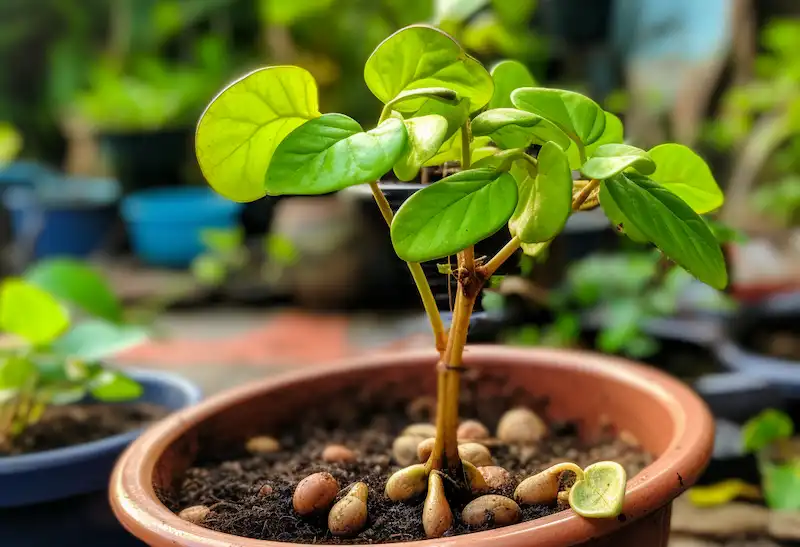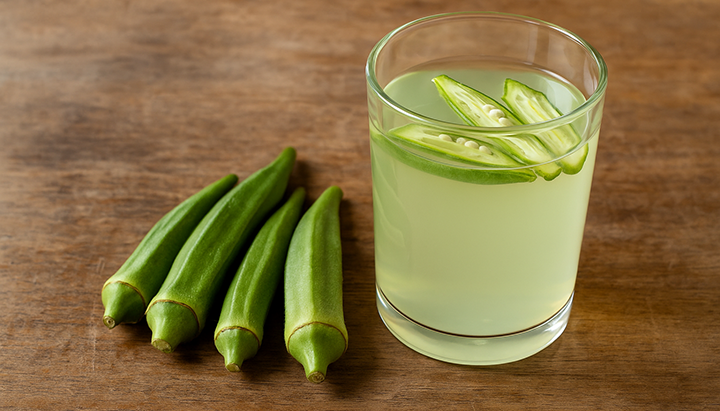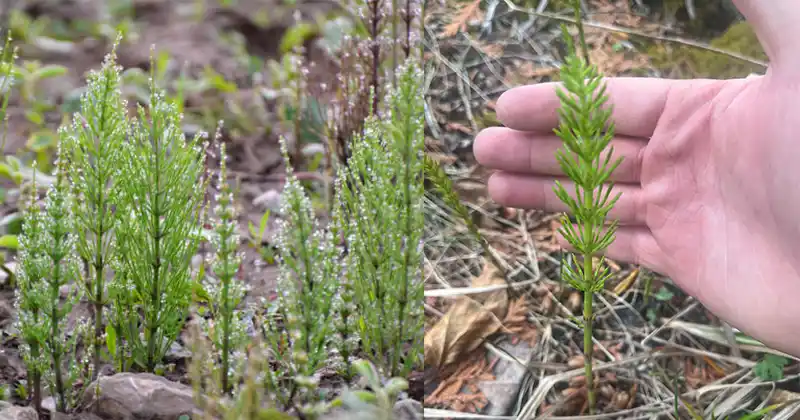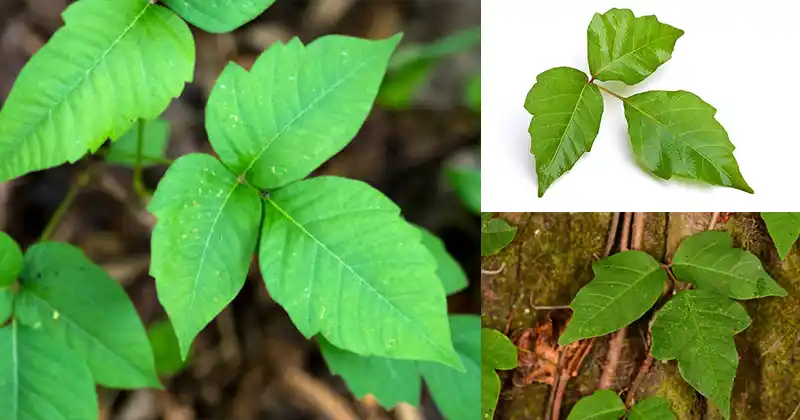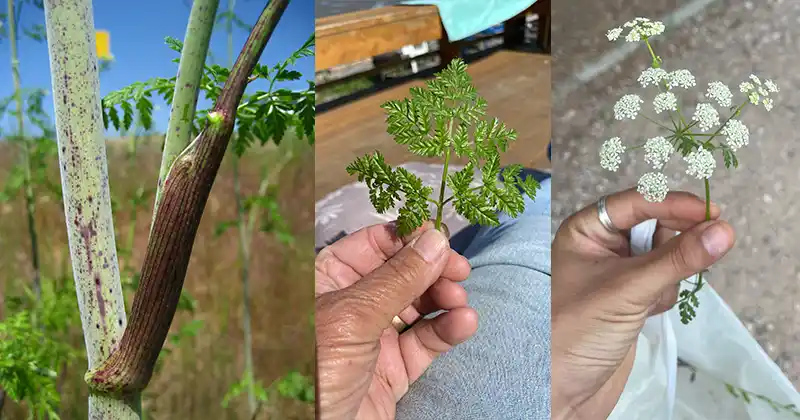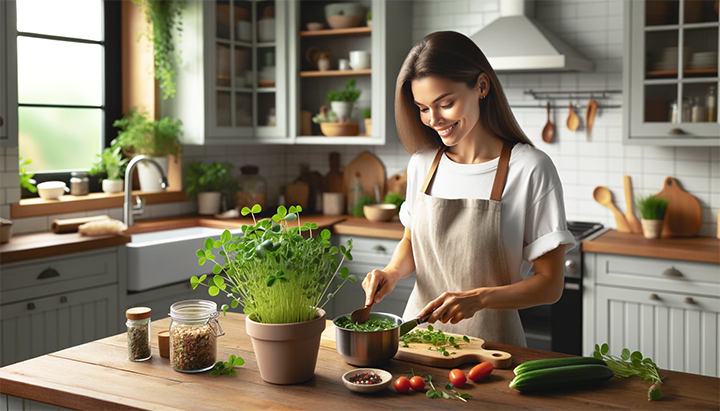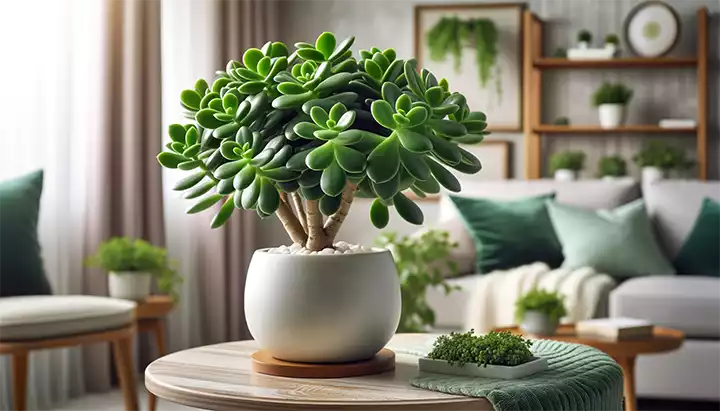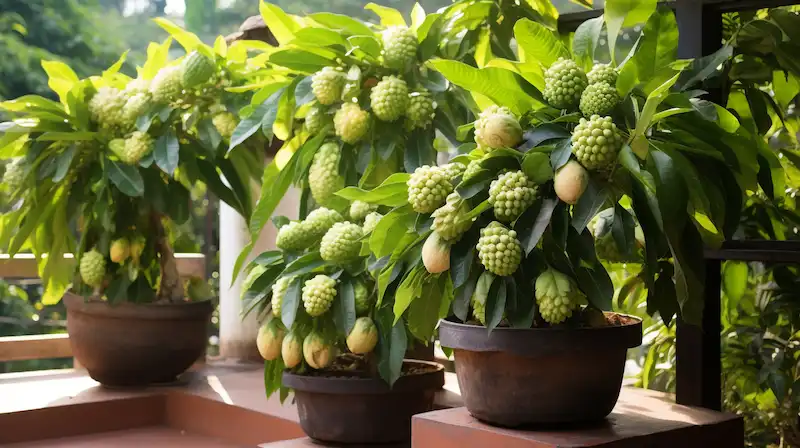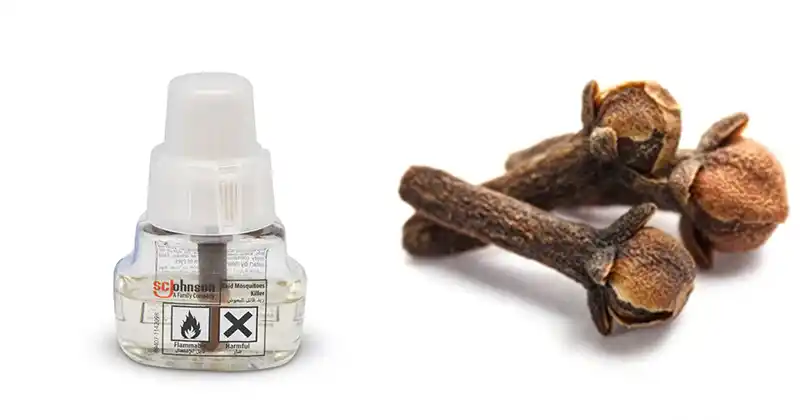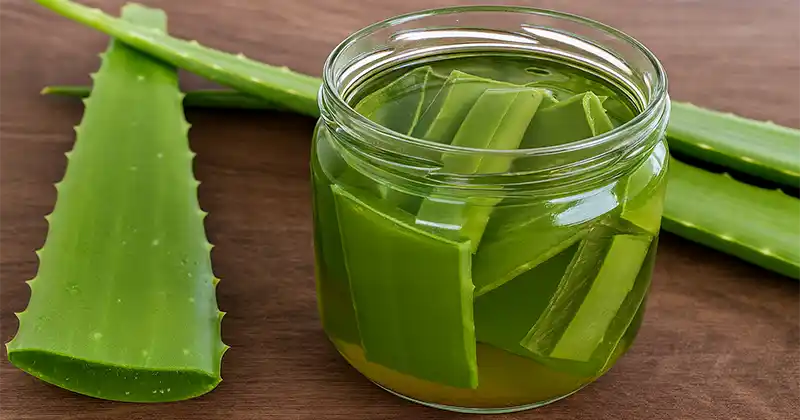Embarking on the journey of growing a cashew plant at home is a rewarding and enriching experience. This tropical evergreen, known scientifically as Anacardium occidentale, is not just a source of delicious nuts but also offers ornamental beauty to your garden.
1. Selecting the Right Seed:
Your cashew-growing adventure starts with the right seed. Opt for unprocessed, raw cashew seeds, as roasted or salted ones from grocery stores won’t germinate. Freshness is key, so source your seeds from reputable nurseries or specialized online stores.
2. Seed Germination:
To kickstart germination, soaking the seeds in water for 24 hours is beneficial. Following this, employ the paper towel method: wrap the soaked seeds in moist paper towels, place them in a plastic bag, and keep them in a warm spot. Expect sprouts within 2-4 weeks.
3. Potting and Soil Composition:
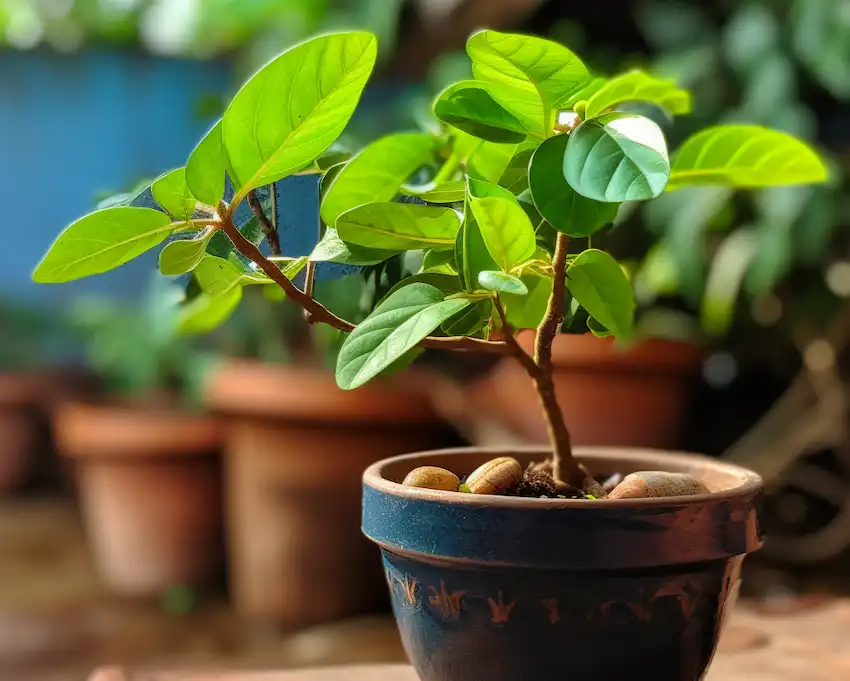
Once the seedlings emerge, transfer them to pots. Cashews thrive in well-drained, sandy soil, mimicking their native tropical environment. Mix regular potting soil with sand to create an ideal growing medium. The soil’s pH should ideally be around 5-6.
4. Sunlight and Temperature:
Cashews are sun-loving plants. Ensure they receive at least 6 hours of direct sunlight daily. They flourish in temperatures between 25-40°C, so place them in a warm, sunny spot.
5. Watering Regimen:
While young, water the cashew plants once a week, allowing the soil to dry out between waterings. Reduce the frequency in winter. Overwatering can lead to root issues, so moderation is key.
6. Nutritional Needs:
During the first year, use a slow-release fertilizer rich in Nitrogen, Zinc, and Phosphorus every two months. In subsequent years, an annual application is sufficient, supplemented with organic compost or manure.
7. Pruning and Maintenance:
Prune the cashew plant to remove dead or weak branches, promoting healthier growth and better nut production. Watch for pests like cashew weevils or coconut bugs and manage them through natural or chemical means if necessary.
8. Transplanting:
As the plant grows, it may outgrow its pot. Transplant it to a larger pot or directly into your garden, ensuring plenty of space for growth. Remember, cashews can become quite large.
9. Harvesting Your Cashews:
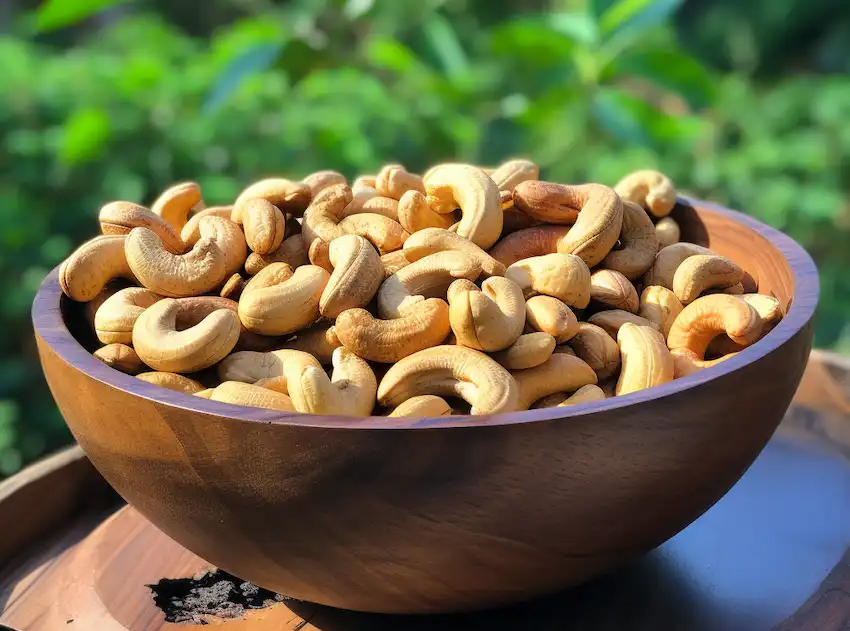

Patience is key, as cashews take time to mature. The nuts are typically ready for harvest 8-10 months after planting. Harvest by twisting the nuts off the tree.
Growing a cashew plant at home can be a delightful and fulfilling project. With proper care and patience, you can enjoy both the beauty of the plant and the taste of fresh, home-grown cashews.
